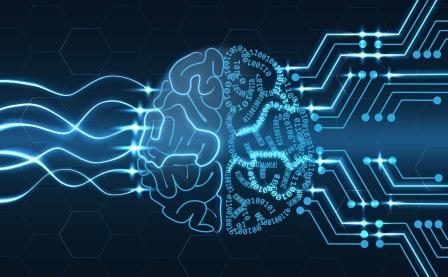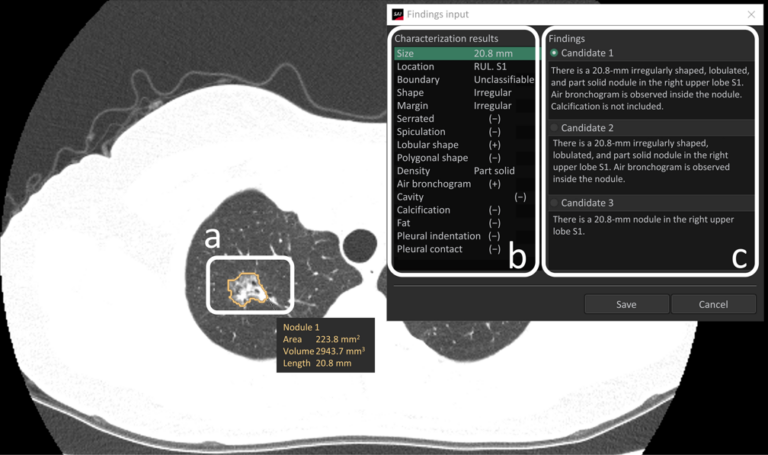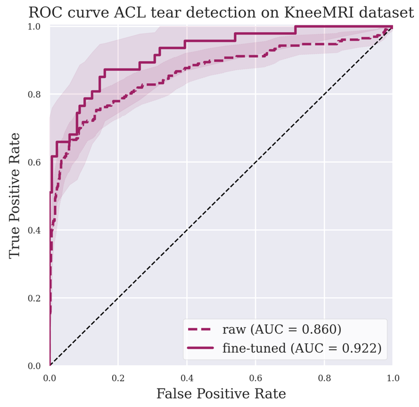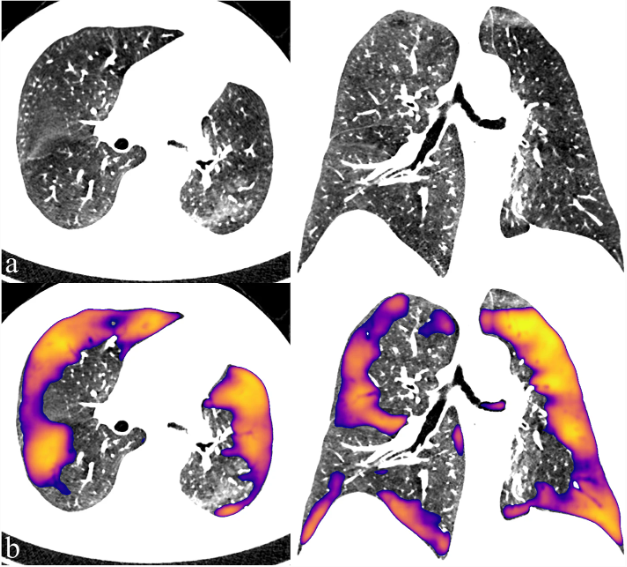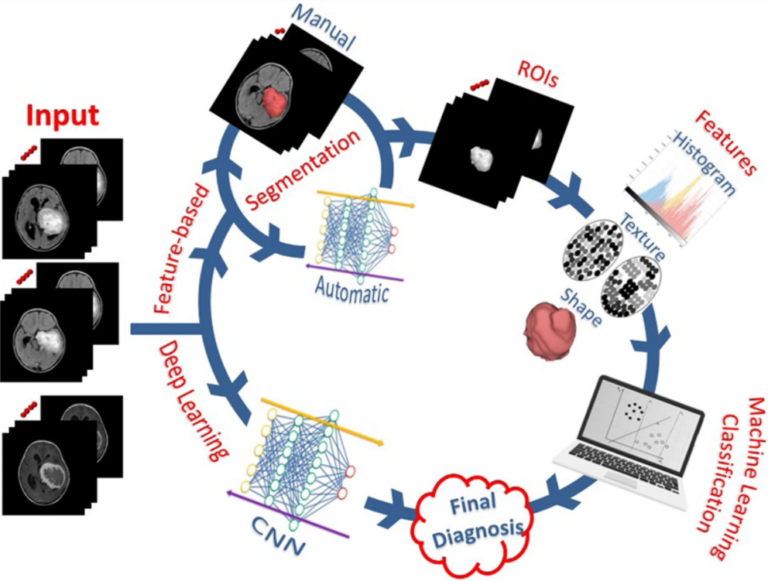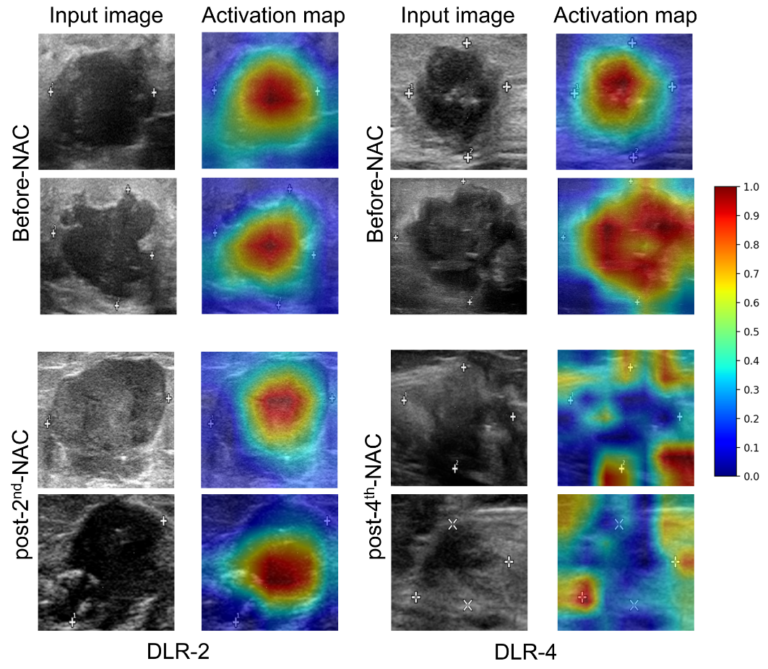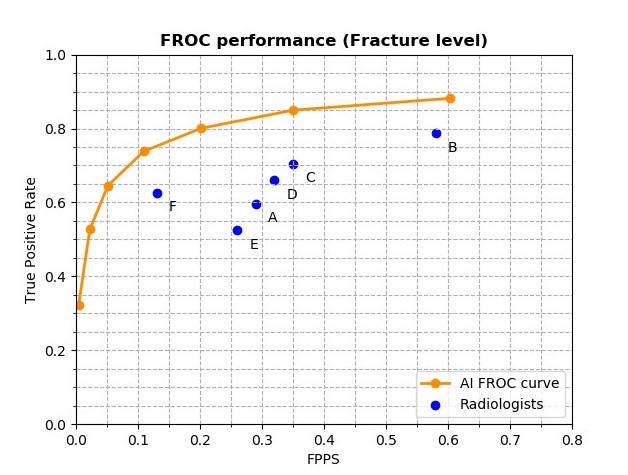
Assessment of automatic rib fracture detection on chest CT using a deep learning algorithm
This retrospective study evaluated deep learning algorithms for the detection of automatic rib fracture on thoracic CT scans. The authors also aimed to compare its performance with attending-level radiologists using an internal dataset of 12,208 ER trauma patients and an external dataset of 1,613 ER trauma patients taking chest CT scans. The study showed that the proposed deep learning model











